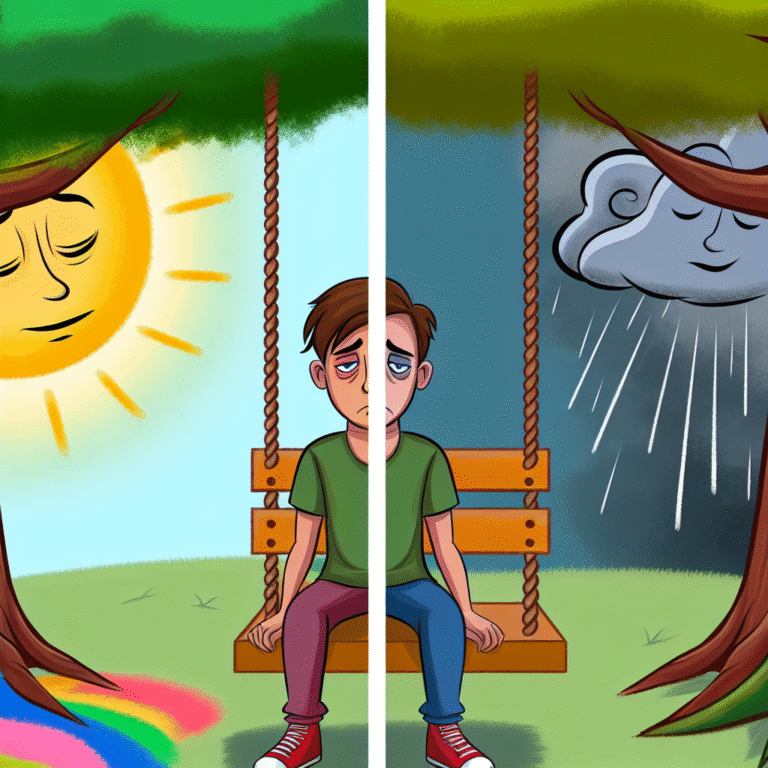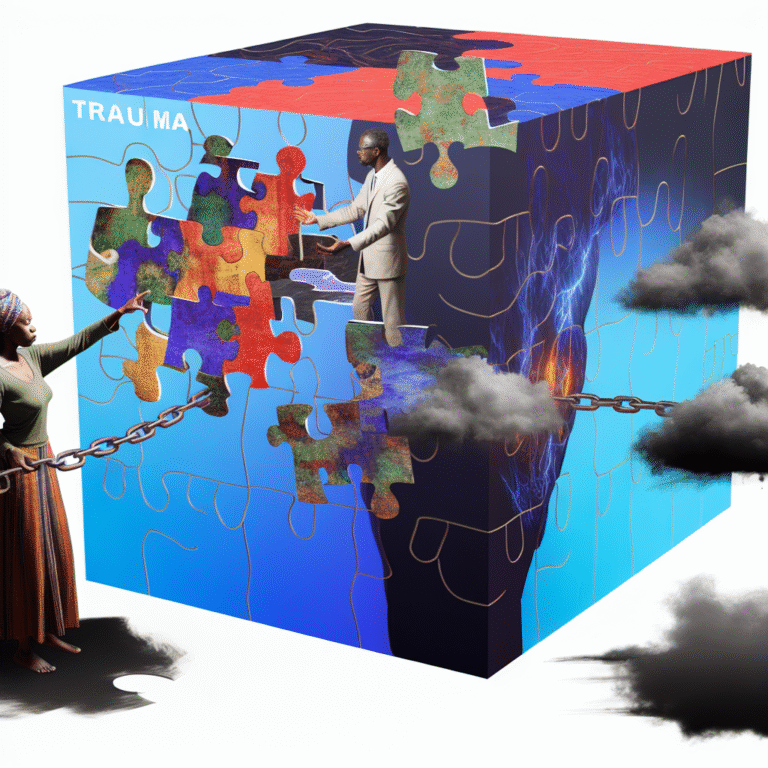
PTSD Triggers Uncovered: Essential Insights from Survivors and Experts
Introduction
Post-Traumatic Stress Disorder (PTSD) is a complex and often misunderstood psychological condition that can dramatically alter the lives of those affected. The significance of understanding PTSD triggers cannot be overstated, as they are crucial in managing and treating the disorder. The exploration of PTSD triggers uncovered: insights from survivors and experts offers a unique perspective into how trauma manifests in everyday life.
Imagine revisiting the memory of a traumatic event just by hearing a specific sound or seeing an object. For many, this is a daily reality. Understanding these triggers not only provides insights into the nature of PTSD but can also guide effective coping strategies. In this article, we will delve into the subject through the stories of survivors, expert opinions, and research findings, creating a comprehensive resource for those affected by PTSD and their loved ones.
What are PTSD Triggers?
Definition and Types of Triggers
PTSD triggers are stimuli that invoke memories of traumatic events, resulting in emotional and physiological responses. Understanding the specific types of triggers is essential for managing reactions and creating strategies to cope effectively.
External Triggers: These could include sounds, smells, or even places associated with the traumatic event. For instance, a veteran may experience distress upon hearing fireworks.
Internal Triggers: These often involve thoughts and feelings that evoke memories of trauma, such as fear or helplessness.
- Cues from the Environment: Familiar social cues or situations can also trigger uncomfortable memories, highlighting the need for awareness in social contexts.
Table 1: Common Types of PTSD Triggers
| Trigger Type | Examples |
|---|---|
| External Triggers | Sounds (gunfire, fireworks), smells (smoke), locations (combat zones) |
| Internal Triggers | Emotions (fear, anxiety), memories (specific traumatic incidents) |
| Environmental Cues | Social situations, crowded places, anniversaries of traumatic events |
Survivor Experiences: Real-World Applications
Case Study 1: Jessica’s Journey
Jessica, a survivor of a natural disaster, often found herself anxious when it rained or thundered. She described her triggers as invisible yet powerful obstacles in her daily life. After seeking therapy, Jessica learned grounding techniques that helped her stay focused during storms. These strategies included mindfulness practices and breathing exercises.
Analysis: Jessica’s experience illustrates how environmental cues can trigger intense reactions. The techniques she adopted demonstrate the importance of therapy in providing constructive coping mechanisms for individuals facing PTSD.
Case Study 2: Mark’s Transformation
Mark, a combat veteran, revealed that loud noises triggered flashbacks to his service. With the help of an expert therapist, he developed a triggering response plan. By desensitizing himself to the sound through controlled exposure, Mark found enhancement in his daily life and increased comfort in social settings.
Analysis: This case shows the potential for systematic desensitization to alleviate symptoms associated with PTSD triggers. Mark’s story emphasizes the need for tailored strategies that cater to individual needs.
Expert Opinions: Navigating the Complexity of Triggers
Insights from Mental Health Professionals
Experts in the field stress that understanding PTSD triggers is vital for recovery. Dr. Emily Thornton, a Clinical Psychologist specializing in trauma, highlighted that “recognizing one’s triggers is the first step towards effective management and healing.” She also emphasizes the significance of therapy in confronting and understanding these triggers.
The Importance of Support Systems
Building a reliable support system is another vital element in managing PTSD triggers. Support from friends, family, or support groups can create a safe environment for survivors as they navigate their recovery journey.
Table 2: Role of Support in Managing PTSD Triggers
| Support Type | Benefits |
|---|---|
| Friends & Family | Emotional support, encouragement |
| Support Groups | Shared experiences, sense of belonging |
| Professional Therapy | Expert guidance, coping strategies |
Coping Strategies for Managing Triggers
Practical Techniques
Breathing Exercises: Regularly practicing controlled breathing can help alleviate anxiety associated with triggers.
Grounding Techniques: These include focusing on the present moment through physical sensations or mental exercises, which distract from distressing memories.
- Mindfulness Meditation: Learning to observe thoughts and feelings without judgment can be a game-changer in managing reactions to triggers.
Behavioral Changes
Implementing lifestyle changes can create a holistic approach to dealing with PTSD triggers. Regular exercise, balanced nutrition, and sleep hygiene are essential components that contribute to mental well-being.
Conclusion
In the complex landscape of PTSD, understanding PTSD triggers uncovered: insights from survivors and experts is a vital step towards healing. As we’ve seen through the stories of Jessica and Mark, and from the insights of mental health professionals, the journey to reclaiming one’s life from the grip of PTSD is not impossible. The tools are available, and so is hope.
By fostering a greater awareness of triggers, embracing coping strategies, and seeking support, those affected by PTSD can pave the way to recovery. Each journey is unique, affirming that while triggers exist, they do not define one’s identity or future.
FAQs
1. What are the most common PTSD triggers?
Common triggers include situations reminiscent of the trauma, loud noises, specific smells, or even anniversaries of the event.
2. How can I help a loved one with PTSD?
Listening, being patient, encouraging professional help, and creating a safe environment are crucial in supporting someone with PTSD.
3. How do I know if I have PTSD?
If you frequently experience intense anxiety, distressing memories, or emotional numbness after a traumatic event, consider consulting a mental health professional.
4. Are there treatments available for managing PTSD triggers?
Yes, treatments include therapy options such as Cognitive Behavioral Therapy (CBT), Eye Movement Desensitization and Reprocessing (EMDR), and medication as needed.
5. Can coping strategies fully eliminate triggers?
While coping strategies can significantly lessen the impact of triggers, they may not eliminate them entirely. The goal is to manage reactions effectively.
The journey through PTSD is undoubtedly challenging, but with awareness and strategies, individuals can find their path to healing and resilience. Understanding these triggers is a vital part of regaining control over one’s life and reclaiming hope for a brighter future.













